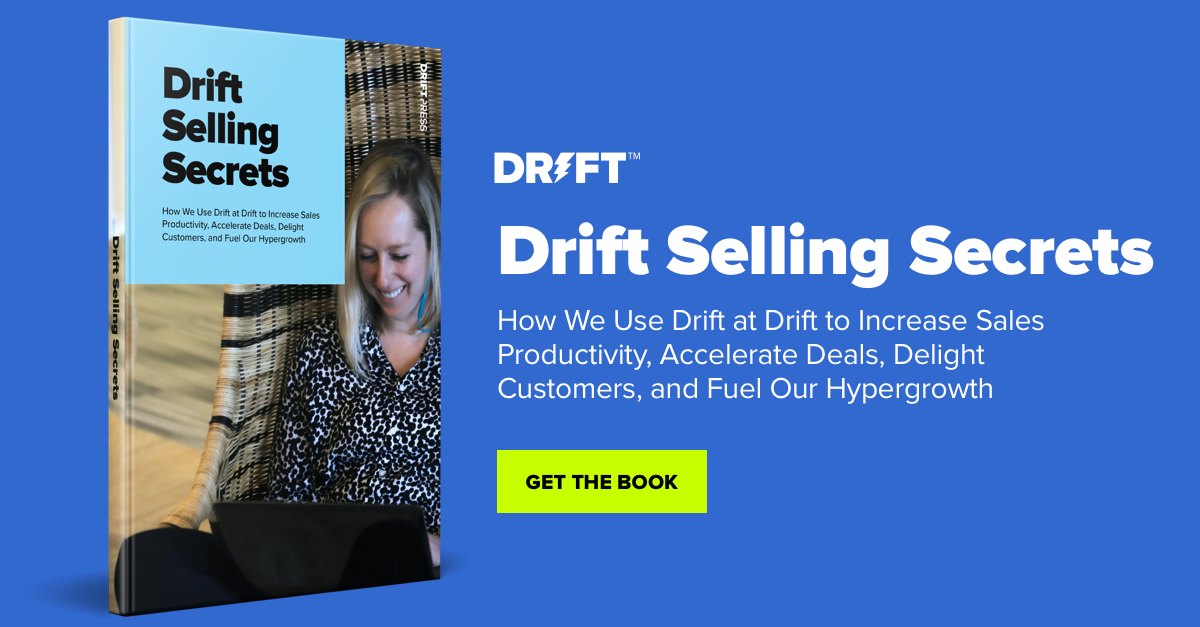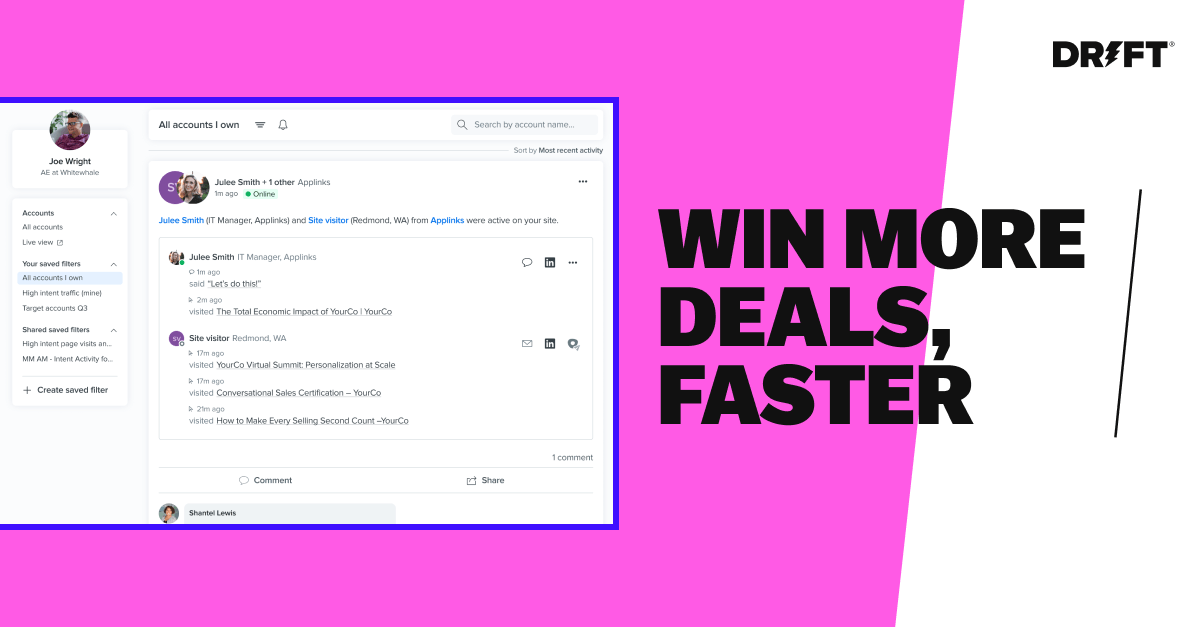Take a guess: How many emails are sent and received each day worldwide?
If you’re one of the many people dealing with a clogged inbox, then you won’t be surprised to hear the answer is 306 billion emails — a number that is only expected to rise.
This means salespeople have the daunting task of standing out amidst a flood of incoming messages. While it’s easier to send generic, wide-reaching emails, that simply won’t catch your buyer’s attention.
That’s why I hosted a panel to share tips on how to send your email response rates through the roof and book more meetings than ever before with insights from some of the pioneers in prospecting:
- Meghan Donovan, Sales Sequence Specialist at Outreach
- Ryan O’Hara, VP of Growth and Marketing at LeadIQ
- Nimit Bhatt, Head of Sales at memoryBlue
Here is everything you need to know to send better emails to your prospects today 👇
We originally discussed these sales plays in a webinar hosted by Sales Hacker. If you want to watch the full presentation, click here. Otherwise, keep reading for all the insights 💡
There’s No Such Thing as the Perfect Email
Before we dig into specific tactics, there’s one thing all three of our experts agree: Don’t waste your time trying to write the perfect email.
The perfect email doesn’t exist, and when you put all your effort into chasing it, you lose precious time you could be using to reach out to multiple other prospects.
Sales leaders have to teach their reps to use their time as effectively as possible. The crux of that is training reps to write personalized messages very quickly — ideally, in five minutes. At LeadIQ, Ryan trains his new reps through the 10-minute game:
A rep has 10 minutes to find a profile, research the person, find something they have in common…and then write an email and send it out. If they don’t do it in 10 minutes, they have to dump that person into an automated sequence… A rep that’s doing this for a couple weeks will be able to start getting it down to five minutes.
Alternatively, as Nimit does with his team, focus on gathering account information when you’re building out your target list. That will make it much easier to fill in the blanks once it’s time to draft an email. To save time, find a formula that works and stick to it.
Personalization doesn’t mean digging through someone’s LinkedIn activity from two years ago — it means researching just enough to book that first meeting. Take notes about the information you’re learning, pull from any behavioral data, and make sure what you know stands out.
Grab Your Buyers’ Attention with the 3 Levels of Email Personalization
Once you’ve done your research, it’s time to personalize your cold outreach. Here, the goal is to get your prospects to open your email and respond.
How you personalize will largely depend on the priority of the account you’re working on and the maturity of your organization. There are three levels of personalization for you to explore, each more personal than the last.
1.0: Persona-based Personalization
Persona-based personalization isn’t new, but it’s worth mentioning because it works. In 2021, buyer demand for personalized experiences grew by 26%. This is one way you can easily address that growing demand.
For this kind of personalization, you’re leveraging everything you know about the persona — their company, their title, a behavioral trigger (e.g. they downloaded an ebook), intent data, etc. — and using that to tailor your message.
Here’s an example from Outreach 👇
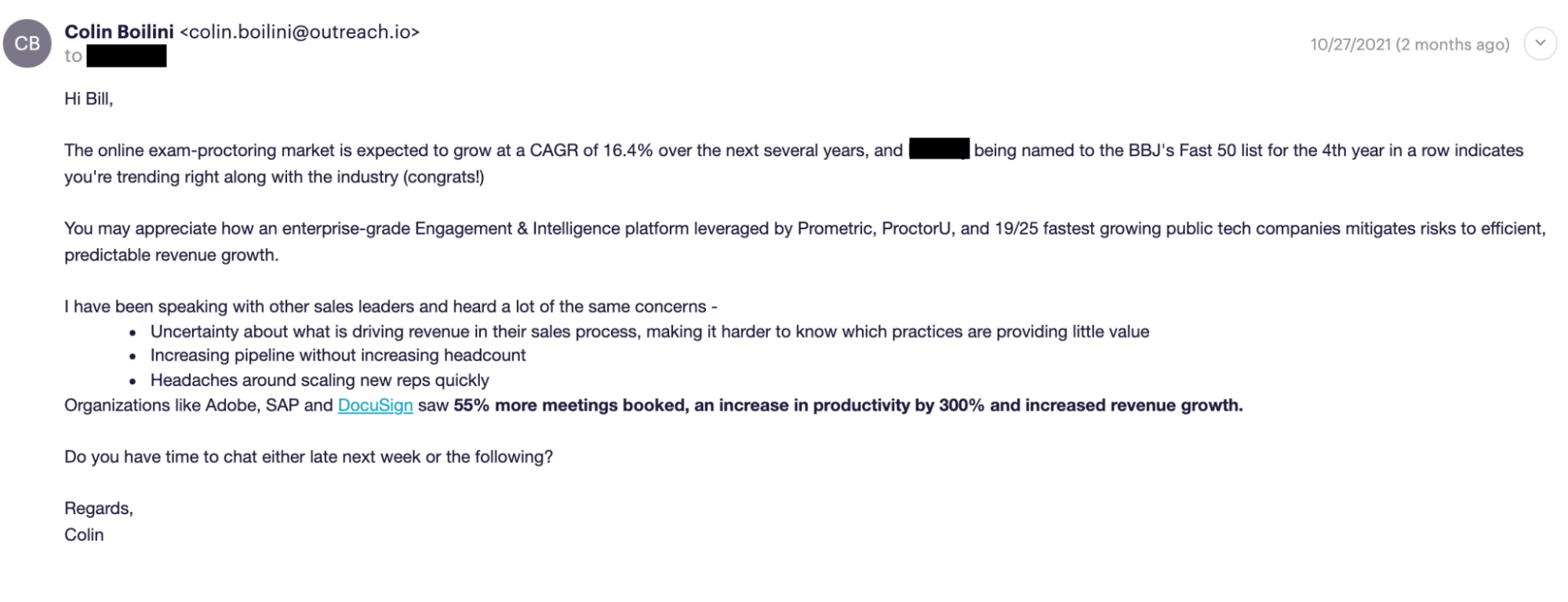
Right from the beginning, the sales rep shows they’ve done their research by discussing the company’s industry and their recent successes. Then, the rep establishes credibility by describing how Outreach creates value for customers in the same field.
Here, the personalization is short, sweet, and to the point. The email keeps the focus on the business, without assuming that the company has the exact issues described. Finally, the rep pushes for a response with an open-ended question.
We like to…keep [questions] as specific as we can. The goal is just to get a response. For example, we’ll typically use, “Does 3 PM on Thursday work for you?” More than likely, the prospect is going to respond with no, that doesn’t work. But then, objection handling comes in.
When you engage in persona-based personalization, you’ll see response rates jump up to 3–5%. Not bad, considering the average cold email has a response rate of 1%.
2.0: Prospect-based Personalization
The next level is individual personalization. Instead of grouping prospects together by shared interests and goals, prospect-based personalization looks at the specific person you’re selling to.
People are individually motivated. Think about how, for example, the average tenure for B2B sales reps is one and a half years. Knowing exactly who you’re talking to and what their experiences are is the key to landing meetings.
Here’s an example from LeadIQ 👇
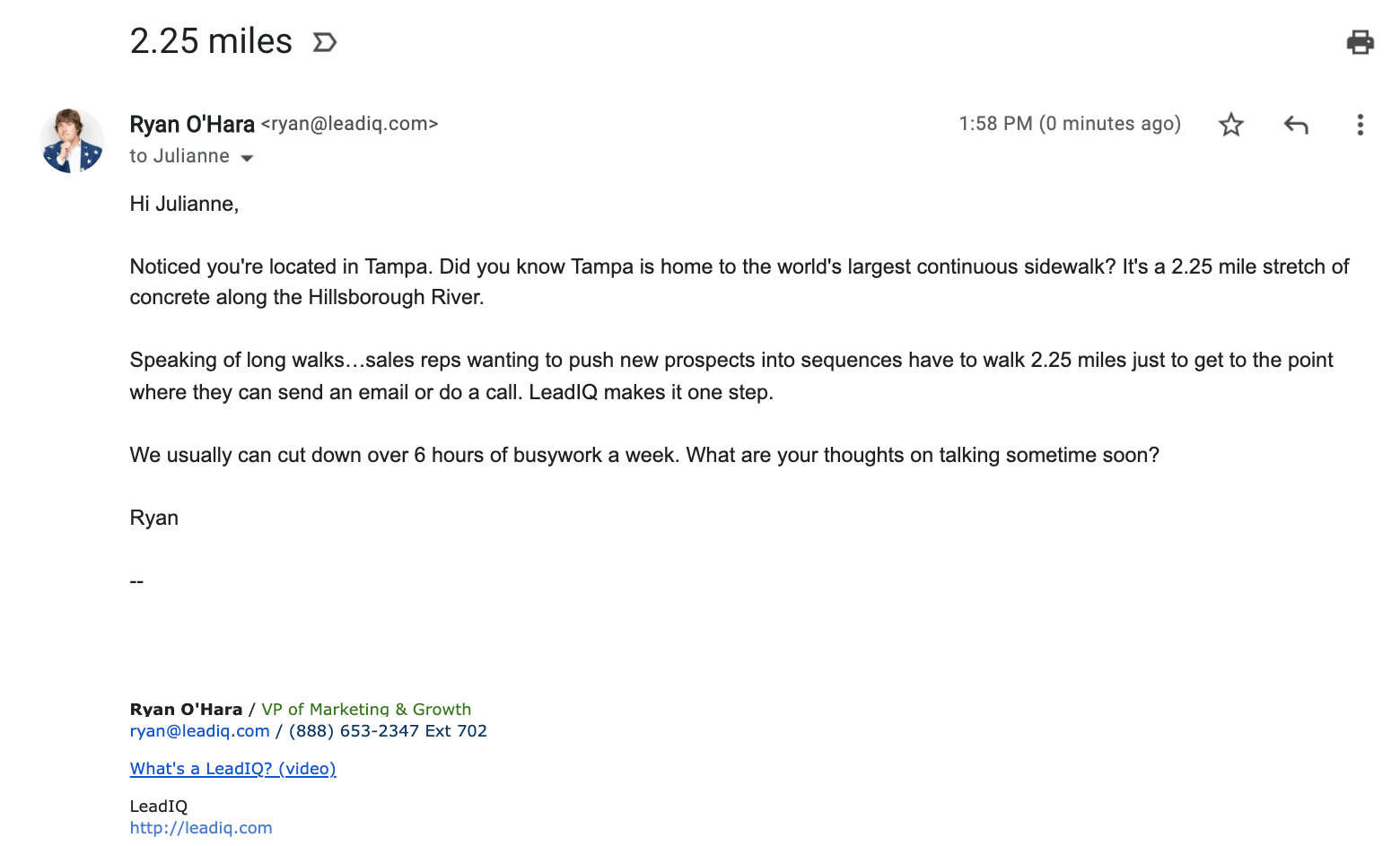
Even if you have never met a prospect or have nothing in common with them, you can still tailor your message to their individual interests. In this example, Ryan uses a fun fact about the prospect’s location to break the ice.
Is the fact that Tampa has the longest continuous sidewalk going to resonate with everyone who lives there? No. But there’s no doubt that it’s unique and your prospect will be intrigued enough to read it all. (Plus, who wouldn’t click on an email with that subject line?)
From there, tie your message back to how you can help the prospect solve their pain points. The more you do this, the better chance you’ll have of getting a response.
3.0: Relationship-based Personalization
The last type of personalization gets really personal. This goes beyond the prospect and the company they work for, going into what you have in common with that person — anything from shared hobbies to backgrounds, like having gone to the same (or rival) college.
While it’s much harder to find prospects like this, when you do, you have a huge chance of netting a response. It comes down to building a working relationship with the prospect that goes past the sale itself.
Here’s an example from memoryBlue 👇
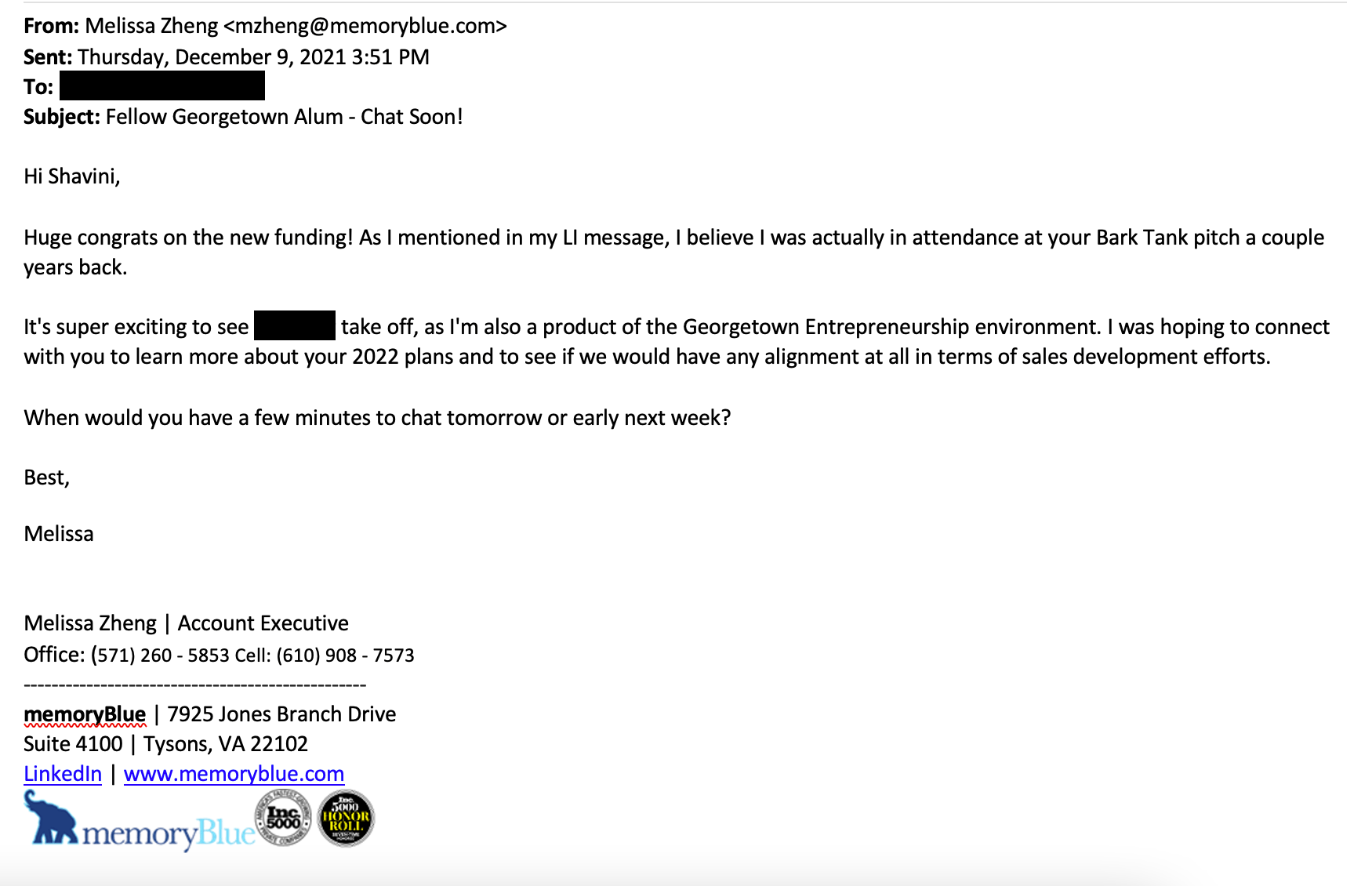
In this example, you can see that the account executive figured out that the prospect went to the same alma mater, Georgetown. But, instead of just saying, “Hey, I also went to Georgetown,” she builds an even deeper personal connection by referencing a specific event they both attended.
When you get to this level of personalization, your emails are so specific that it no longer feels like a sales pitch. You can’t help but want to respond.
When in Doubt, Put Your Personalization to the Test
As these three levels of personalization show, how you personalize entirely depends on who you’re talking to. You’re not going to use relationship-based personalization on an inbound prospect, nor would you try to do so with someone you don’t know.
At the same time, the amount of personalization you do will be relative to the amount of resources you have. If your sales organization is still starting out, focus on smaller doses of personalization for a better use of your time.
Most of all, test everything. Whether you’re changing your subject line copy or rolling out an email template for a specific industry, always go back to the metrics to gauge your success. Over time, you’ll gain an understanding of the kind of personalization that works best for you.
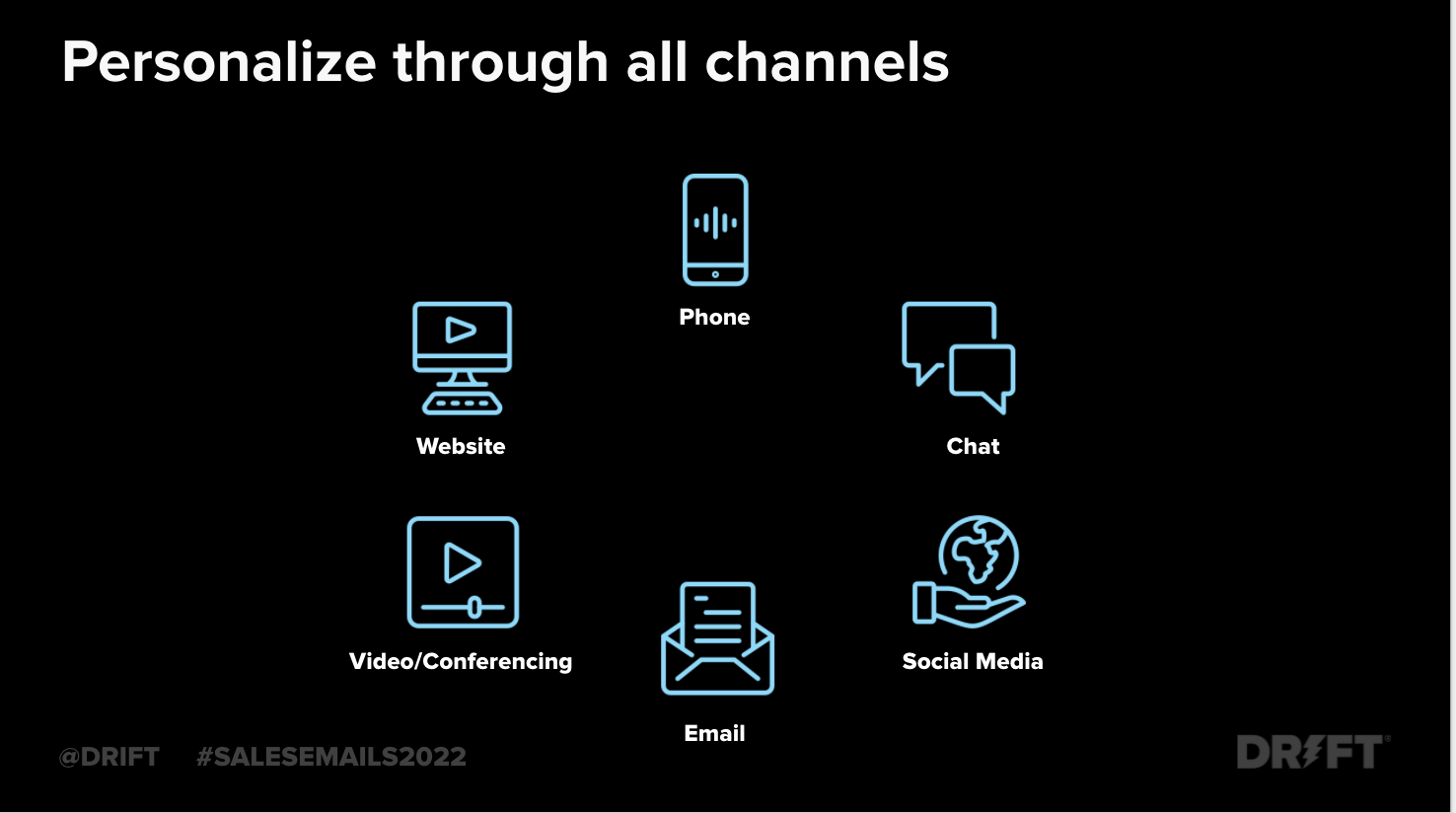
Also, keep in mind that email is by no means the only channel where personalization works. A tactic that you learned here may help you engage a buyer across live chat, phone calls, videos, etc.
We also like to see personalization across multiple channels, like phone vs. email, since we may see more success within a particular vertical or a company size on one over the other.
Final Thought
Personalization is all about connection. When you put in the work of tailoring your message, your buyers will recognize that you see them as people rather than faceless opportunities.
Focus on writing emails that build connections and create value for your buyers. That is how your emails can truly stand out.





